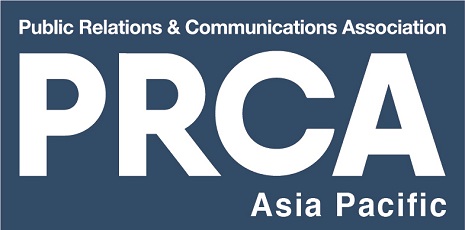Kaiyi Tan MPRCA, Senior Consultant, Archetype
A content strategy requires a plan to get the best results. Now, you might have a few assets on hand–a collection of blog articles, some case study videos, and perhaps an infographic or two. But how are you going to maximise their use?
The short answer: develop a plan. Without it, your content strategy will be like a faulty gun that misfires all the time, missing targets.
Not convinced? Here are three main reasons your content marketing needs a plan.
Help your brand stand out.
A plan adds confidence and clarity to your message. By ordering the distribution of your content in a pattern, your assets will come together to construct a larger, coherent and engaging narrative.
Your Point of View and opinion as a company can be easily heard from the crowd of brand voices, drawing your target audience to you. Audiences will have an easier time engaging with the story you’re telling.
Speak to different customers directly
Not all customers are the same, and the expressions of your brand message should take this into account.
Apart from developing a consistent brand voice, a plan identifies your different audience segments, along with their unique needs, customer journey stages, and styles of communication. A plan will customise your messages and advice on the ideal channels to target different customers.
Measure impact
The unexamined content plan is not worth running. A good plan is able to reflect on itself and give you an indication of its performance. It will give you insights into where you succeeded and more importantly, where you didn’t.
It will answer burning questions like:
- Did my headlines resonate with a particular group of audiences?
- At what point did I lose my audience’s attention?
- How can I optimise my content for the next campaign?
Five steps to develop a successful plan
Putting together an effective plan might sound complex, but it does not have to be.
- Know your objectives
When starting the campaign, make sure you know your business needs. Do you need more leads? Do you already have an existing pool of customers ready to convert? Did you find an opportunity in a new target customer group? Sit down with your different stakeholders–from the C-suite to the sales team–to clarify the objectives. The type of content and message will depend greatly on how you answer these preliminary questions, so it’s critical to start on a clear, firm footing. - Determine your story
Based on your objectives, ask yourself what the big story is that your content should be telling. This is the most enjoyable part of the process, in which you come up with creative ways to get your message across. Your story should consist of a theme, a Point of View, a campaign statement, and tailored messages for your audience groups. To know more about how a Point of View drives your content, read “Your brand needs a better Point of View”. - Build your calendar
With your big story and customised messages in mind, it’s time to create your plan in greater detail. As a start, divide your campaign duration into equal time periods and focus on a key topic for each segment–based on the audience types or any initiatives your business might have. Then, figure out what sub-topics you would like to cover for each month, and the type of assets, posting frequency, and channels to guide your content distribution. Leave room for time-sensitive events, such as breaking news and festive seasons, so that you can adapt your content for more impact. - Mix the right content cocktail
Carry out a deep inventory of the assets you have and need to create. Your inventory should give you a clear view of the type of assets you have, a brief description of each, where they sit in the content marketing funnel, and the period they should fall under in your calendar. Use tools like CoSchedule to plan when and where to publish your content. My favourite rule of thumb is the 80/20 rule: of all the assets, 20 percent should be original content, while 80 percent should be repurposed from existing literature or curated from third-party sources to further their mileage. - Measure, measure, measure
Based on your objectives, make sure to work out the right metrics and set up check points on your calendar to assess your results. If you’re purely into leads, measure the number of clicks from Google searches or ads, click-through rates, and the number of people who downloaded your assets. To measure engagement, put tracking tools in place that can help you see how long they spent on your web page or heat maps that tell you where audiences begin to lose interest.
Your content is nothing without a vision and direction. Use these handy tips to manage a successful content marketing programme and be disciplined about optimising your calendar for maximum results.
Get in touch with Archetype if you’d like to improve your content marketing programme. We’d love to hear from you.


